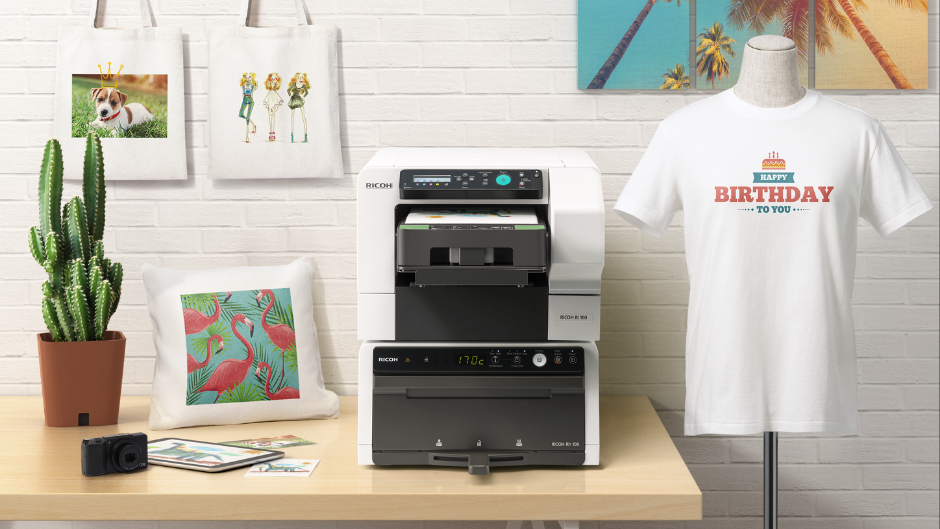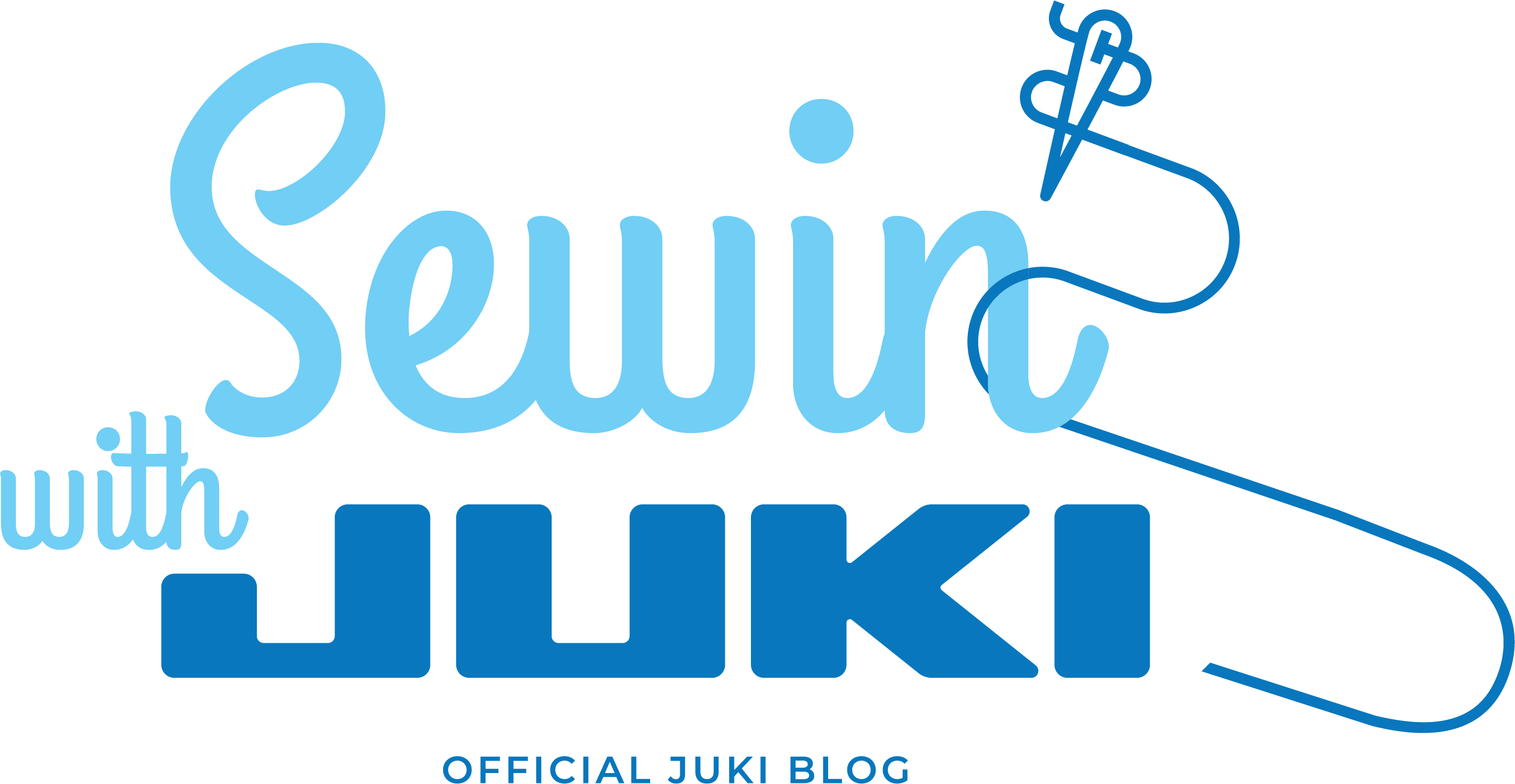Opening a small business is a fun and exciting venture, whether as a hobby to gain extra income or hopes for a new career. There are many reasons to look into starting a direct-to-garment (DTG) business. Maybe you’re someone who has a head full of great ideas, has friends who are always looking for custom t-shirts for their company events, or perhaps you’re someone who loves to design. Regardless of why, today, we’re going to discuss how to start your DTG business from including markets to sell to, tools to start, and how to sell your products.
Who’s Your Niche?
Before jumping into a DTG business, it’s crucial to think about whom you’re going to sell to, as this will set the basis for what you create and where you sell. So first, create a customer profile based on the following criteria: age, gender, lifestyle, location, profession, and occasion. You can also ask yourself what problem is this product solving for this customer? Examples of different customer profiles are listed below.
The Hobbyist
Have you ever found yourself looking for a t-shirt that captures your love for quilting? Nowadays, you can find a t-shirt for almost every interest due to small business artists who focus on creating products for these specific customers. So whether it’s sewists, car enthusiasts, or even cat owners, there’s a t-shirt for that. You can enter this segment by looking at the competitors’ designs and identifying what you can offer that is different. For example, the pet industry is a huge industry dominated by big brands. The competition is currently creating t-shirts with generic pet faces on them. You can differentiate your brand and create a unique segment of personalized, one-off t-shirts with customers’ pet’s faces on them. By targeting the right niche, you can create appealing products that bring revenue.
Charity and Corporate Events
If you’re someone who’s attended a local charity or corporate event, you’ve probably received a t-shirt with a design related to that event. So whether it’s charity sports events, Christmas parties, or retreats, these events are a perfect niche to enter since there is a high volume of events and product quantity.
Fashion
If you’re someone who leans towards creating and personalizing clothing, look into your own branded looks. With the ability to print onto canvas totes, sweaters, t-shirts, and more using a direct-to-garment printer, you can create your own branded line using the designs and patterns you’ve designed. There are always people looking to express themselves in unique and fun ways.

What Do You Need To Start?
Once you have your business plan that includes a niche and product line, it’s time to start looking at equipment. These are some basics you’ll need to think about:
- A DTG Printer like the RICOH Ri 100
- A Finisher or Heat Press like the RICOH Rh 100
- Replacement Ink Cartridges
- Software and Computer
- Materials
DTG Printer & Finisher
DTG Printing is a groundbreaking technology that surfaced in the ’90s. Like your home printers, a DTG will directly print onto an array of products like t-shirts, canvas bags, fabrics, and more using inkjet technology. Over the years, the fashion industry has seen a rise in those who want to wear personalized or unique garments. As a result, DTG is a growing industry, which is why it’s an excellent option for someone looking to begin their own small business.
A DTG printer like JUKI’s RICOH Ri 100 is an all-in-one DTG printer that can print images onto light-colored cotton or polyester* garments using state-of-the-art DTG technology with the lowest initial investment. In addition, there are various bundles available that offer the printer and finisher together or individually for your budget. We recommend contacting a local JUKI Business Plus Dealer for recommendations and pricing on bundles. Whether you purchase just the printer or the combo of printer and finisher, the turnaround when printing and heat pressing a t-shirt is about 3 to 10 minutes, creating a fast, low-cost turnaround.
Software & Drivers
There are two software’s you need to know about when starting your DTG business. The software you’re going to use to make the products, and the software you’re going to use to design the products.
For example, the RICOH Ri 100 offers easy-to-operate design software that lets you import and edit images before printing, with no specialized knowledge or skills required. In addition, the software comes with built-in designs and fonts. With the ability to print photos, designs, and more, this is a great option that removes a high learning curve.
In addition to the software that comes included with the printer, other affordable design software is available. For example, Paint.net, Paintshop pro, InkScape, and Gimp, are free or lost cost software that allows you to create art for your projects without breaking the bank. For a step up, look into the Adobe programs Illustrator or Photoshop. While these work on a monthly subscription, they’re both commonly used programs with many free and easy to follow guides you can use when starting.
The Supplies
Your customers will want to get a bang for their buck, so consider this when deciding on fabrics and product choices. Today, affordable, lightweight, heavyweight, 100% cotton, 100% polyester, and blended fabrics and blank products can be found on wholesale sites. Some examples of popular wholesale brands are Hanes and Anvil. When it’s to purchase, buying in large quantities reduces the cost of materials.
In addition, you can expand your business (like the personalized pet t-shirt we mentioned earlier) by introducing other products like pillowcases, tote bags, infant onesies, towels, and more. By branching from the t-shirt business, you can enter new markets and increase revenue.

Where to Sell
Once you’ve finalized your merchandise and have your products ready to go, look into your options for selling. Many options include online shops, in-person events like conventions and farmer’s markets, and brick-and-mortar stores.
First, let’s discuss online shops. From creating your website to signing up for handmade marketplaces, there are various options. Before you are ready to commit, some platforms allow you to do a limited trial. The trial will enable you to test and research if this is right for your product. If you are comfortable creating a personalized website with a custom URL and have an established audience, we recommend website building and hosting companies like Squarespace and Wix. If you are looking for an all-in-one solution with high traffic volume but sacrificing a bit of branding, we recommend marketplaces like Amazon Handmade and Etsy. Whether you go for your website or an established e-commerce platform, each option requires sellers to pay either for a custom URL, listings, transaction, or payment processing fees.
Are you someone that loves to interact with others? Then, another great option is in-person events! Research local events in your area where you can have a tent or a booth. Are you selling custom cat t-shirts? Attend a local pet convention. Events like your local weekend farmer market or a yearly convention are great places to start. The great thing about JUKI’s RICOH Ri 100 is how portable it is, meaning you can take it with you! The RICOH Ri 100 can fit into a space as small as 15.7″ wide x 27.5″ deep, making it one of the smallest DTG printers. In addition, the printer and its finisher can be stacked to maximize functionality without sacrificing space so that you can create custom pieces on site.
**Some states or cities will require a business license, so keep this in mind when applying for your stand.
How to Sell
Once you’ve finalized who, what and where it’s time to start thinking about how you will market your products. One of the best ways to get your products and brand out there is by utilizing social media. The best thing about social media is that it is free! Some platforms do offer paid advertisement options for your posts. Below are some things to keep in mind:
- Look into creating multiple social media channels for your shop (Facebook, Instagram, Pinterest, Tiktok, and so on.)
- Think of your niche and what platforms they use for marketing on
- Define your marketing goals (build brand awareness, generate sales, or engage with customers)
- Post content daily when possible
- Interact with your followers
Social media is used by millions of people every day, making it a great tool to attract customers. Take advantage and put your brand out there!
Now that you know the basics of where to start, we hope you have a clearer vision of where you want your business to go. Direct to garment is a growing business where creativity and being different is a great thing! So what more do you want to know about the DTG business? Let us know down below!
